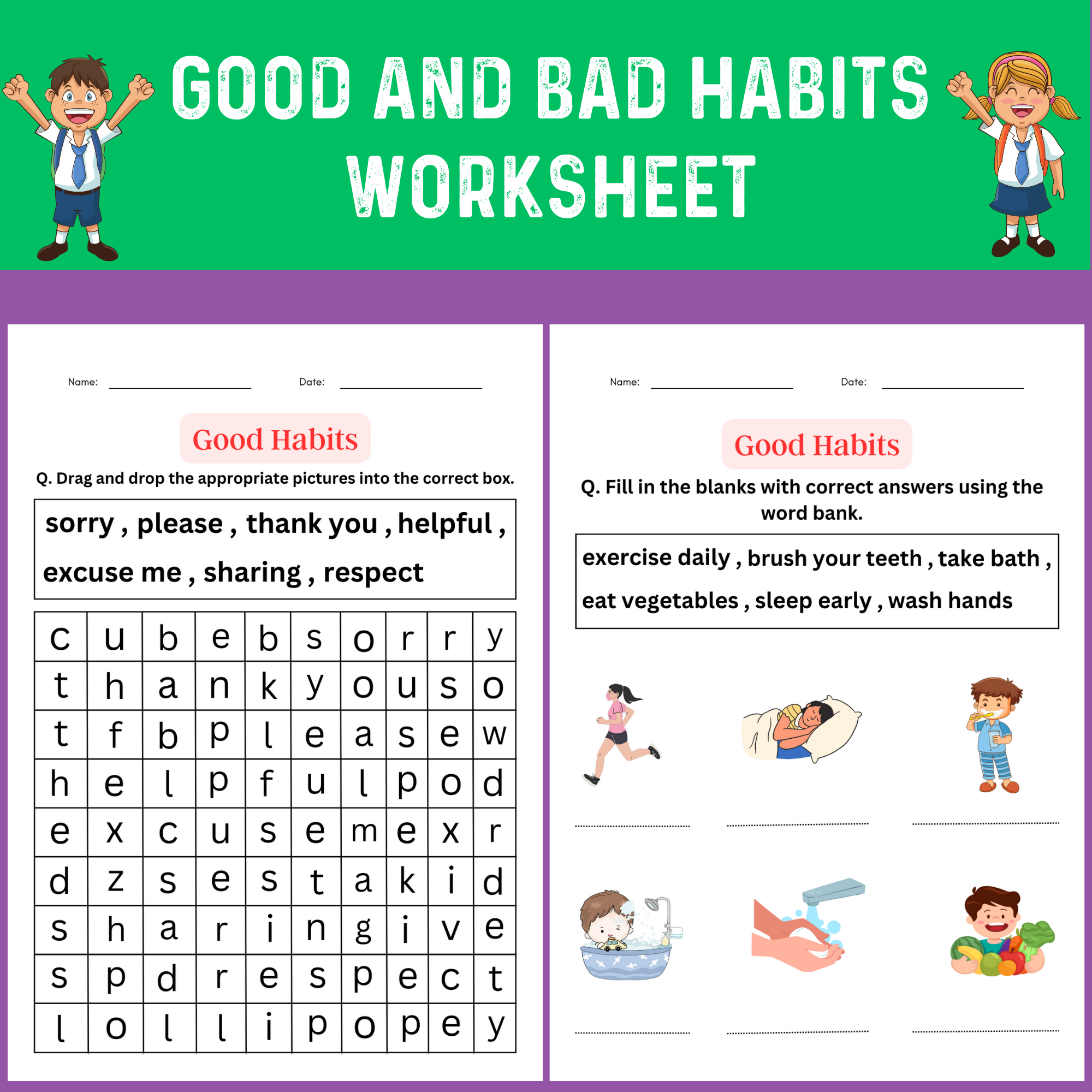Debunking The Myth: Why AI Doesn't Learn And How To Use It Responsibly

Table of Contents
Understanding How AI Actually Works
The Role of Data in AI
AI, including machine learning, relies heavily on vast datasets for training, not genuine learning in the human sense. It doesn't acquire knowledge organically; instead, it operates based on pre-programmed algorithms and the data it's fed. Let's break down the key learning paradigms:
- Supervised Learning: AI is trained on labeled data, essentially being taught the correct answers. Think of it as a student memorizing facts from a textbook – it doesn't understand the concepts, but it can reproduce them.
- Unsupervised Learning: AI analyzes unlabeled data, identifying patterns and structures without explicit instruction. This is like finding similar objects in a box without knowing their names beforehand.
- Reinforcement Learning: AI learns through trial and error, receiving rewards or penalties for its actions. This resembles a dog learning tricks through treats and corrections.
Despite these sophisticated techniques, current AI systems have limitations. They cannot independently acquire knowledge or adapt to entirely novel situations without human intervention and retraining. They lack the generalizability and adaptability of human intelligence.
The Difference Between AI and Human Intelligence
The core difference lies in the nature of processing. AI operates through algorithmic processes, performing calculations and identifying patterns based on pre-defined parameters. Human intelligence, however, involves consciousness, self-awareness, intuition, creativity, and emotional understanding – aspects currently absent in AI systems.
- AI lacks consciousness and subjective experience. It doesn't "feel" or "understand" in the human sense.
- AI's pattern recognition is statistical; it doesn't grasp the underlying meaning or context like a human would.
- The concept of "emergent behavior" in complex AI, where unexpected capabilities arise from intricate interactions, is often misinterpreted as genuine learning. However, it's simply a consequence of the system's complex design and input data, not true understanding or independent learning.
The "Learning" Illusion in AI
The Misinterpretation of Pattern Recognition
AI excels at identifying patterns in data, leading to impressive capabilities in areas like image recognition, natural language processing, and predictive analytics. However, this pattern recognition is frequently mistaken for true learning.
- Image recognition: AI identifies objects in images based on statistical analysis of pixel patterns, not on "seeing" and understanding the object like a human.
- Language processing: AI translates languages or generates text based on statistical probabilities and grammatical rules, not on genuine comprehension of meaning.
This impressive pattern recognition is merely a sophisticated form of statistical analysis, not genuine understanding.
The Importance of Algorithmic Design and Data Bias
The algorithms and data used to train AI systems profoundly influence their output. The AI’s "behavior" is a direct reflection of its programming and the data it was trained on. This highlights the crucial role of ethical considerations.
- Bias in data: If the training data reflects existing societal biases (e.g., gender, race), the AI system will likely perpetuate and even amplify these biases in its outputs, leading to unfair or discriminatory outcomes.
- Algorithmic bias: The design of the algorithm itself can also introduce biases, even with unbiased data. Careful design and rigorous testing are necessary to mitigate this risk.
Responsible AI Use and Mitigation of Risks
Ethical Considerations in AI Development and Deployment
Responsible AI necessitates a focus on transparency, accountability, and fairness. We must strive to create AI systems that are beneficial and equitable for all.
- Bias detection: Regular audits and testing are crucial to identify and mitigate biases in both data and algorithms.
- Fairness testing: Evaluating AI systems for potential discriminatory impacts on different groups is essential before deployment.
- Explainable AI (XAI): Developing AI systems whose decision-making processes are transparent and understandable increases accountability and builds trust.
Practical Steps for Responsible AI Implementation
Individuals and organizations using AI should adopt proactive measures to ensure responsible implementation.
- Regular audits: Conduct periodic assessments to identify and address potential biases and vulnerabilities.
- Ongoing monitoring: Continuously monitor AI systems for unexpected behaviors or biases that may emerge over time.
- Continuous learning and updates: Regularly update AI models with new data to maintain accuracy and adapt to changing circumstances.
- Responsible data management: Implement robust data governance practices to ensure data quality, security, and ethical use.
Conclusion
AI doesn't learn in the human sense; its capabilities stem from sophisticated algorithms and the data it's trained on. Responsible AI use demands a proactive approach to mitigate risks and ensure fairness. Understanding the true nature of AI – how it doesn't truly learn – is critical for its responsible implementation. Learn more about building and using Artificial Intelligence ethically, and help us shape a future where AI benefits all of humanity. The development and deployment of ethical AI should be a collective effort, demanding ongoing discussion and collaboration to harness the power of artificial intelligence responsibly and for the betterment of society.

Featured Posts
-
 Legal Battle Erupts Dragon Den Alum Claims Rival Stole Her Puppy Toilet Design
May 31, 2025
Legal Battle Erupts Dragon Den Alum Claims Rival Stole Her Puppy Toilet Design
May 31, 2025 -
 The Comprehensive Summer Arts And Entertainment Guide For City Region
May 31, 2025
The Comprehensive Summer Arts And Entertainment Guide For City Region
May 31, 2025 -
 Canadian Wildfires Smoke Impacts Us As Province Experiences Unprecedented Evacuation
May 31, 2025
Canadian Wildfires Smoke Impacts Us As Province Experiences Unprecedented Evacuation
May 31, 2025 -
 Building The Good Life Mindset Actions And Habits
May 31, 2025
Building The Good Life Mindset Actions And Habits
May 31, 2025 -
 Guardians Opening Day A Statistical Look At The Weather
May 31, 2025
Guardians Opening Day A Statistical Look At The Weather
May 31, 2025
